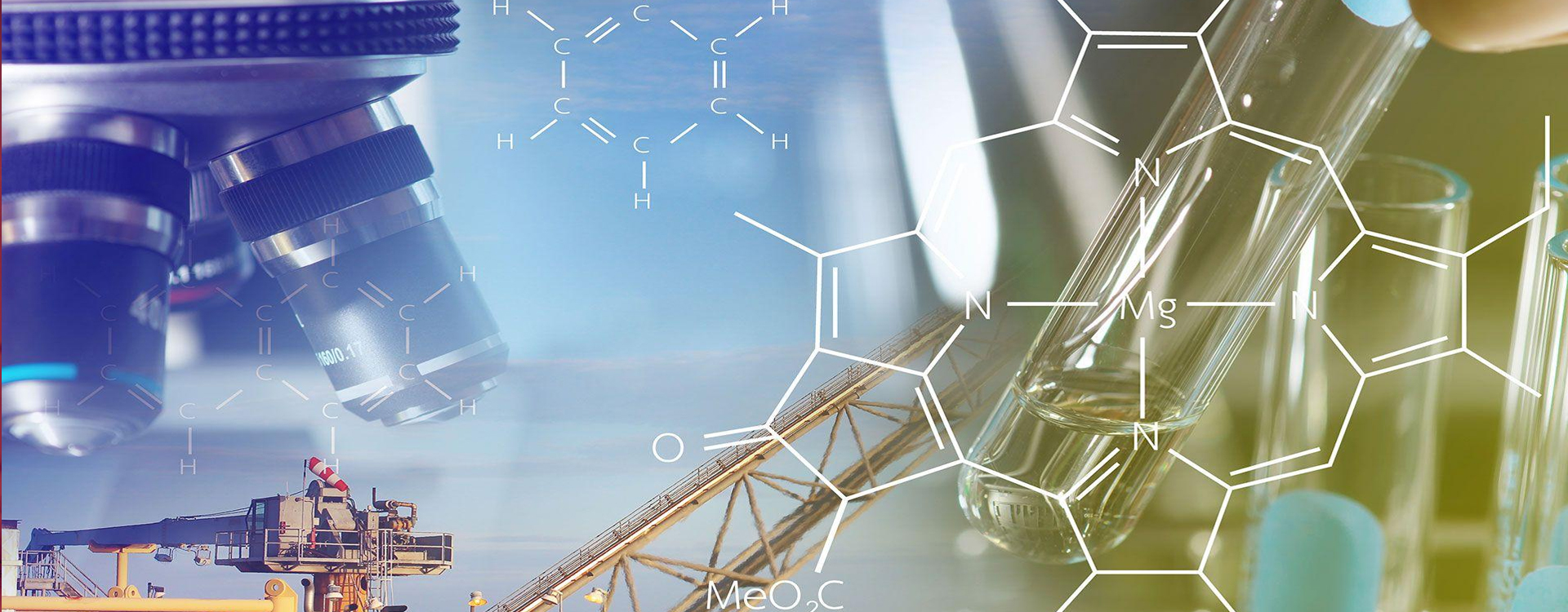Seminar Details
The present numerical investigation studies the momentum and heat transfer phenomena from a heated rotating patterned cylinder in a laminar flow regime. A sinusoidal surface topography and power-law fluid are considered to account for the surface pattern and fluid behavior. The study aims to determine the degree to which various macroscopic parameters, such as the drag and lift coefficients and the average Nusselt number, vary in relation to the Reynolds number, rotating speed, power-law index, and Prandtl number. For a non-rotating patterned cylinder, small recirculation zones are observed over the trough, which are absent in circular cylinders. The size of these recirculation regions increase with increase in the power-law index and Reynolds number. When adding rotation to the cylinder, these recirculation zones move away from the cylinder and appear over the crest. When increasing the rotating speed of the cylinder, the front detached vortices disappear. In case of vortex shedding, a significant decrease in the frequency of vortex shedding occurs when adding topographical patterns. It is observed that, with an increase in rotational speed, vortex shedding can be suppressed for all fluid conditions considered here. The drag force acting on the patterned cylinder is seen to be reduced in comparison with a smooth circular cylinder. A significant reduction in drag can be achieved by choosing a suitable value of pattern frequency (&omega ) and amplitude (&delta ). Higher values of surface patterns (&omega=11,&delta=0.1 ) result a significant amount of drag reduction at a higher rotating speed. The behavior of the fluid has a considerable influence on the reduction of drag. It has been observed that shear-thickening fluid significantly contributes to drag reduction. The pattern frequency and amplitude significantly influence the average Nusselt number. The empirical correlations are provided to show the relationship between the average Nusselt number, the Prandtl number, the Reynolds number, the rotating speed, and the power-law index.


